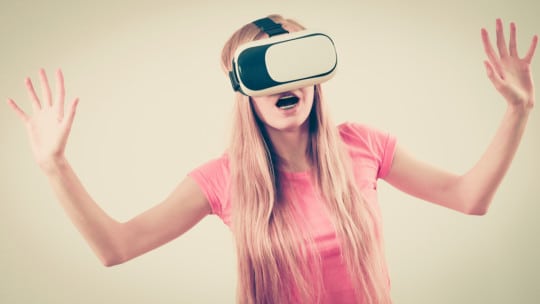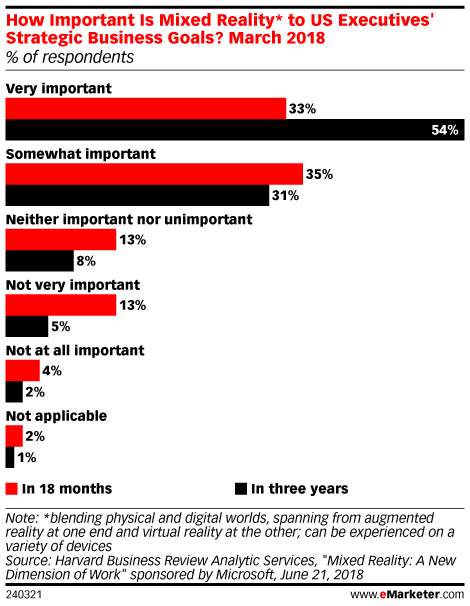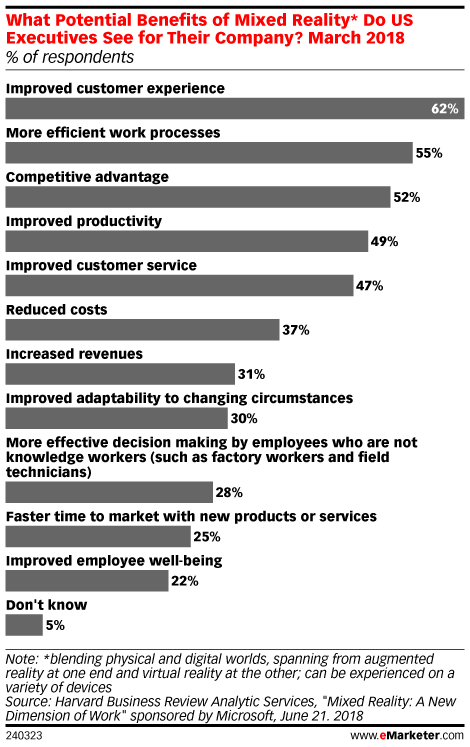
In November 2015, The New York Times Magazine published "The Displaced," a long-form story about the nearly 60 million refugees displaced by war and persecution. Billed as a "multimedia journey," the story's text was accompanied by an immersive virtual reality look at a refugee camp that could be accessed via The Times' nytvr app, and viewed through a Google Cardboard goggles set that came with the print edition of the Sunday magazine.
While the virtual reality (VR) portion of the story was praised as a powerful and effective example of the emerging medium's journalistic potential, many users experienced problems viewing it including compatibility issues with software updates to their smartphones, issues with people not receiving the Google Cardboard viewers and broken viewers. VR, and later augmented reality (AR), were hailed as the future of immersive storytelling, but in 2015, they still had a ways to go at being universally accessible.
Though VR and AR have become much more ubiquitous over the last three years, most businesses are still reticent to dive in. On Aug. 17, eMarketer shared infographics culled from a Harvard Business Review study in March 2018 finding that while roughly two-thirds of the 394 U.S. executives polled claimed to currently be exploring or testing the use of mixed reality (MR) technology, only 20% said they are “currently in production or deploying MR.”
"But the respondents were in agreement that the technology will be important in the near future," writes eMarketer. "More than half of the U.S. executives surveyed said MR would be very important to their strategic goals within three years."

Mixed reality, as stated in the footnote, is a catchall term including virtual reality, augmented reality, and anything in between that blends the virtual and physical together. That it can be experienced on a variety of devices is worth noting, too, as much of the media world's slowness to adopt these emerging technologies is due to the fact that many users have older devices or slower machines that aren't optimized for viewing. Those audiences will not experience mixed reality at the same quality standard as those with newer devices. For many end users, MR still feels like a gated, proprietary luxury.
Nonetheless, the business surveyed here still see tremendous potential for MR technology. Over half of the respondents said that implementing mixed reality will provide an improved customer experience, competitive advantage and more efficient work processes.

Of course, the customer experience is only improved by MR if the quality control for MR is improved, too. As the democratization of media continues to be a hot topic, making sure that everyone has access to emerging storytelling platforms should be a top priority for any organization that wants to invest substantial resources in MR.
Follow Joffaloff: @Joffaloff
